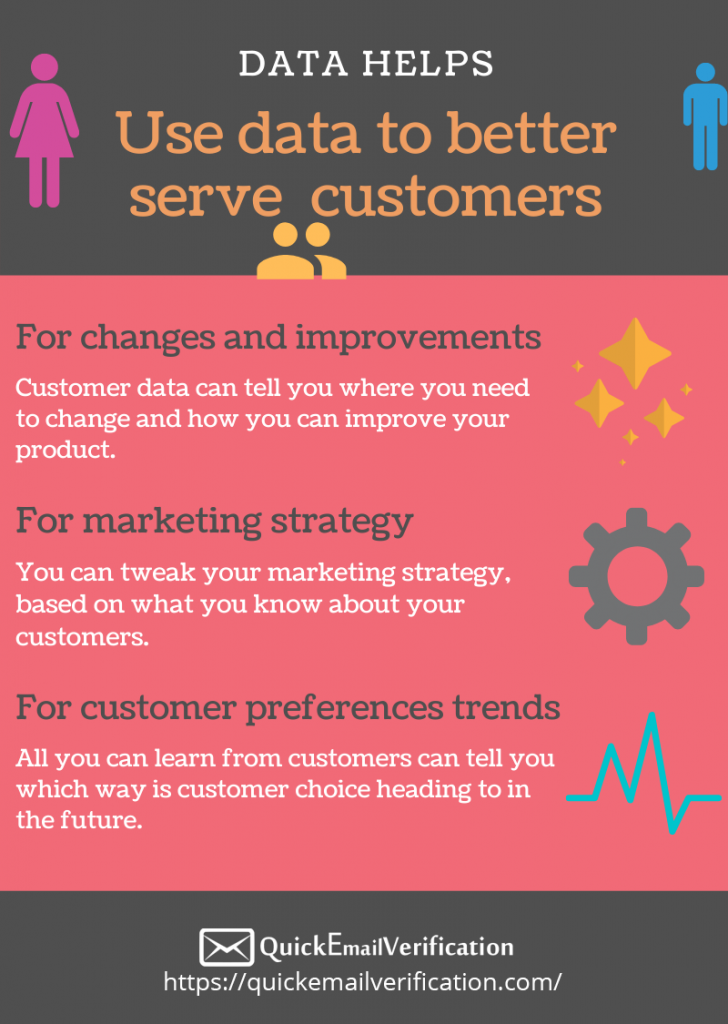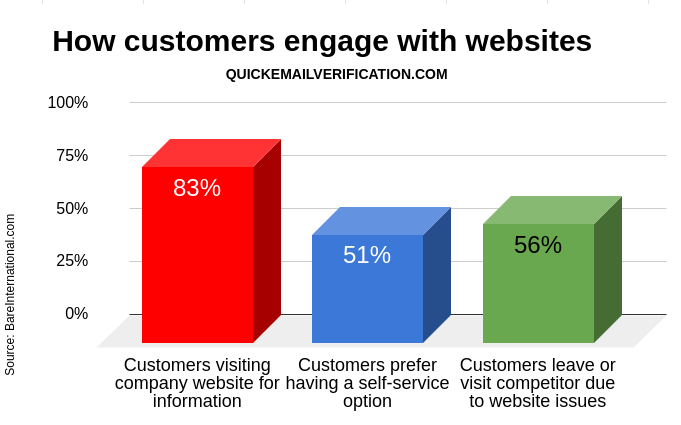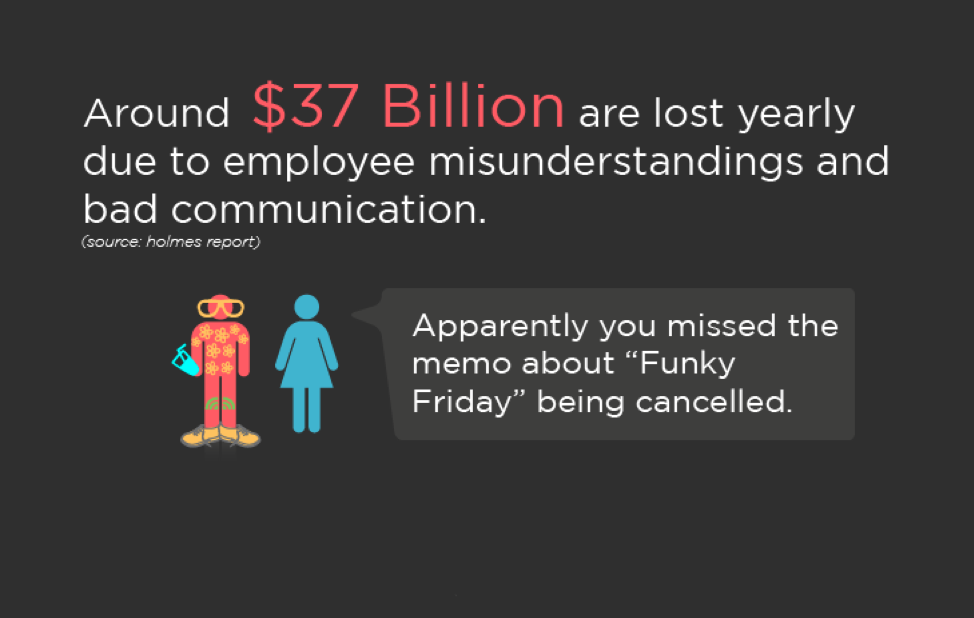Omnichannel marketing is becoming a common way for various businesses to reach out to different audiences and customers. By using omnichannel communication, you can provide your customers with different options to meet their various needs. Due to this versatility, many businesses recognize the power and importance of omnichannel marketing among, the various trends in marketing in 2020.
You may find it difficult to start your omnichannel marketing strategy, but doing so can be easier than expected. There are specific aspects of omnichannel marketing that you should look at so that you can begin using it correctly. By following this step-by-step guide, you can help your business make the transition to omnichannel marketing.
1. Keep everyone informed
Many people forget the importance of communication and keeping everyone informed. Changing to an omnichannel marketing strategy is a massive change within a company, so it’s important to communicate that change to those working with your various channels.
If you don’t let your employees know, it can lead to some costly effects that would cause problems for the business.
Employees need to know about changes in the business to avoid any unnecessary mistakes or potential consequences that the business would have to face. By talking with employees ahead of time, you avoid them going with the old format, which would waste time and money. It’s a simple but vital action to a successful transition for any business.
Keep in mind that communication goes beyond telling everyone about the changes. You should also explain why your company made those changes.
Many people struggle with change, but they become willing to accept change when they understand why it occurs.
Explain the benefits of changing to omnichannel marketing to help your employees gain understanding.
You should also consider what each person needs to know about omnichannel marketing. For example, someone who works on a social media page will need to know different things than someone who works on the email campaigns.
Above all, your goal is to bring clarity to your various employees to maintain unity between the channels.
2. Look over customer data
You need to ensure that customers enjoy their experience with your business, so you can check for this by looking over data about your customers. This will include a variety of information such as their open rate with emails, which channels people use to access your website, and customer feedback on different aspects of your business.

Customer data will let you know where you can make changes and improvements in your omnichannel marketing strategy.
When you start your planning strategy, you can view the previous data and incorporate it into your current strategy. For example, if you notice that a topic has a higher open rate in your email campaign, then you know that your customers are interested in that topic.
While you have customer data that you can collect through campaigns and your social media posts, you should also apply direct customer feedback. While some may view criticism as negative, remember that you can apply that criticism to improve your business.
If you listen to your customers, then you have a greater chance of drawing in more customers as you improve.
3. Consider your audience
Your customers will have specific expectations for your business. As you meet these expectations, people will grow in their loyalty towards your business. By looking over data, as mentioned in the previous section, you can figure out what your audience expects from your business.

Some expectations are common, such as providing self-service on websites or giving customers useful information on your website.
As you consider your customers, you should think of ways to make their experience faster, easier, and more convenient. The more you improve these attributes, the more your customers will appreciate your business.
While you can meet the standard expectations, you do need to spend some time to see what your customers specifically expect out of your business. This could range from keeping your messages short to providing deals that they can use when purchasing from your business. It will depend on your audience and their needs.
Expectations may vary as time goes on, so you should continue to look at data to figure out the expectations of your current audience.
By meeting those expectations, people will return to your business. By exceeding those expectations, people will become loyal customers to your business.
Continue to find out your customer expectations and seek to give them what they want.
4. Create target groups
Omnichannel marketing sticks out from multichannel marketing by adapting the different channels according to customer needs. One such way to do this is through target groups.
Target groups are when you have emails, messages, or other forms of communication sent to specific people based on their specific interests.

By making it more personalized and focusing your messages and notifications, you can draw in more clicks and purchases. Look through your different emails, posts, and other interactions with customers. See who clicks on different topics and use this information to see who should go into each target group.
If people recognize the messages from your business, then they will likely click on it if it’s a subject that interests them. However, don’t let your emails looks like spam, because that could lower your click rate while increasing your spam rate.
You need to continue to send emails in a way that your customers will respond positively to and want to click on the target group emails.
5. Consistently improve
Your omnichannel marketing strategy should never be a one and done situation. You need to constantly evolve it according to the needs of your customers. And you want to always be measuring the performance, like you religiously measure top KPIs of email marketing,
This is the essence of an omnichannel marketing strategy. As the omnichannel updates according to your customers, you should fine tune aspects of it to increase effectiveness.
As you start to use omnichannel marketing, you will gain more data based on the experiences of your customers. Continue to look over this data, analyze it, and apply the previous steps in this guide.
As you continue to analyze and apply the information that you collect, you can notice new trends within your data and make adjustments to satisfy customers.
If you notice a drop in sales or clicks, do not be discouraged. Failure or setbacks gives you the opportunity to identify a problem and fix it. Look at the information and figure out what changed and how that change caused a decline. This will help you to solve the problem, improve your business, and have your profits increase.
By making these changes, you show your customers that you care about their experiences. When people feel like a business listens to them, they become more loyal towards that business.
Do this with your business as you continue to fine tune your omnichannel marketing strategy.
It won’t be perfect, but working towards that perfection will lead to profits and returning customers.
Conclusion
Omnichannel marketing may seem intimidating at first, but these steps will help you in the transition process. Even the simple parts, such as communicating with your team, are pertinent to maximize the success of the transition.
Look over the various details and continue to think of your audience’s needs to give you more ideas for improving your omnichannel marketing.
Omnichannel marketing requires hard work and dedication to implement correctly. Keep in mind that it leads to profits and improvements within your business, so this makes it worth the effort.
By working on your omnichannel marketing strategy, you can help your company efficiently use omnichannel marketing as it continues to grow and improve.


